Table of Contents
Chicken is a popular source of protein. It’s relatively affordable, easy to cook, and recipe-friendly. The cut of chicken and cooking method you use, however, will impact your nutritional goals. People love chicken thighs for their juicy flavor. Chicken breast, however, is better for lean protein with less fat and fewer calories. But what about the rest of the bird?
This article provides you insights into nutritional values and on every cut of chicken. It will enable you to enjoy the best health benefits for yourself, your friends, or your family.
Why chicken is a popular meat?
Chicken meat is a popular staple around the world. This is not surprising since it’s quite affordable and one of the most versatile meats for cooking. Popularity aside, the nutritional value of chicken is probably something a lot of people miss.
For one, chicken is a high-quality protein which means it contains all essential amino acids. It is also comparatively low in saturated fat and high in a number of key vitamins and minerals (1, 2).
Different parts of the chicken, however, differ in nutrient content. The darker meat, like the thigh or leg, has more fat and calories, whereas chicken breast has less.
Understanding these differences is useful in knowing which cuts of chicken to buy to suit your nutritional goals.
Best chicken cuts for weight loss
Chicken is often a popular choice for Weight Watchers. So, you may be wondering what are the best parts of the chicken for a healthy waistline.
Although lean protein, fat, and protein content in chicken varies between the thigh, breast, drumstick legs, and wings.
Skinless chicken breast is the best option for people who need to manage or lose weight. It has fewer calories, less fat, and more protein than other chicken cuts.
The second best option is the skinless chicken leg. It has a similar protein value to chicken breast but a little more fat.
Tip: If you’re trying to lose weight, skinless chicken is the best. The skin will always add more fat and calories.
Chicken breast nutrition – the Weight Watchers choice
Chicken breast is high in protein and low in fat. This makes it the most popular chicken cut, especially for people trying to lose weight or gym goers.
One skinless, boneless, grilled chicken breast (140 g) contains (3):
- Calories: 231 kcal
- Protein: 43.4 g
- Carbohydrates: 0 g
- Total fat: 5 g
This means a 100 g serving of skinless grilled chicken breast contained 165 kcal calories, 31 grams of protein, and 3.57 grams of fat (3).
However, you should not lose sight of the fact that these bare nutrients apply to skinless chicken breasts. Any sauce, cooking oil, or simply eating it with the skin will change the total values increasing calories, fat, and carbohydrates.
Chicken thigh nutrition – the juicer option
Chicken thighs are the fattier parts of chicken and the most popular. They’re much juicier and more flavorful compared to chicken breast.
One skinless, boneless, roasted chicken thigh (116 g) contains (4):
- Calories: 208 kcal
- Protein: 28.8 g
- Carbohydrates: 0 g
- Total fat: 9.45 g
This means a 100 g serving of skinless chicken thigh contains 179 kcal calories, 24.8 grams of protein, and 8.15 grams of fat (4).
While it is true that chicken breast is healthier due to fewer calories and lower fat content, chicken thighs differ a bit in nutritional content.
Chicken thighs are actually richer in zinc and iron, which are good for anemia prevention (5, 6).
Secondly, although the fat content is higher, half the fat content is mono-unsaturated and essential polyunsaturated fatty acids, namely omega-3 fatty acids (7).
Chicken wing nutrition – for protein and fat
Chicken wings have a good balance between fat and protein. The protein content is about as high as the breast but with a medium level of fat. A big factor, though, is whether you buy them cooked, prep them yourself, and the condiments you use.
A piece of skinless roasted chicken wing (21 g) contains (8):
- Calories: 42.6 kcal
- Protein: 6.4 g
- Carbohydrates: 0 g
- Total fat: 1.71 g
This means a 100 g serving of skinless roasted chicken wings contains 203 kcal calories, 30.5 grams of protein, and 8.13 grams of fat (8).
Surprisingly, the chicken wing is one of the healthiest parts of the chicken. Chicken wings also contain essential amino acids, collagen, vitamins, and healthy fats (9). Even still, a lot depends on how you cook them.
You might want to avoid deep frying and opt for healthier air-frying, baking, or roasting. Also, avoid adding store-bought sauces, which may have unhealthy fats and preservatives.
Chicken skin – various pros and cons
Any part of the chicken with skin will add a lot more calories. A roasted chicken thigh without the skin weighs around 116 g and contains 208 kcal. With skin, the weight increases to 147 g and the calories to 245 kcal (4).
The extra calories come from fat, but it’s not entirely the unhealthy kind. In fact, the fat in chicken skin is 68% unsaturated healthy fat (10).
There are pros and cons to keeping the skin. For starters, it makes the chicken more flavorful and juicier with a nicer texture (11).
Additionally, the unsaturated fat is beneficial for your heart and helps prevent insulin resistance (12, 10).
The drawbacks are the calories and the saturated fats the skin also adds. Chicken skin contains around 30% saturated fat (10). For that reason, eating chicken skin might increase your blood cholesterol level (14).
The bottom line is eating chicken skin once in a while is fine. However, if your cholesterol is an issue or calorie restriction is important, it’s best to go with skinless chicken cuts.
Protein basics and protein for muscle gain
For protein intake, size matters. The recommended daily intake for an adult is 0.83 grams of protein per 1 kg of body weight (15). This is actually the minimum amount you need for healthy function and to prevent muscle mass loss (16).
Average recommended protein intake:
- Adult female – 46 g per day
- Adult male – 56 g per day
However, this really depends on your activity, age, and health.
If you aim to gain muscle, the common recommendation is 2.2 g per kg body weight (17).
Average recommended protein intake for muscle gain:
- Adult female – 122 g per day
- Adult male – 148 g per day
To meet these protein requirements, a lot of people rely on chicken. One skinless roasted chicken breast (140 g) contains around 43.4 grams of protein, which is almost enough for one day.
Even though eating chicken can easily meet most protein goals, it’s best to include other protein sources. This way, you can ensure your body gets other essential nutrients that chicken doesn’t provide.
How to cook chicken and save protein
To get the health benefits from chicken, the cooking method really matters.
Cooking that involves high temperatures and long cooking times, such as grilling, reduces protein. It can even form carcinogenic components like heterocyclic aromatic amines (18).
Roasting is one of the most common methods used, especially for dietitians. Roasting or rotisserie chicken maximizes the protein content while reducing fat (19).
In one study, baking chicken in the microwave was one of the best ways to retain protein content (20). However, this only applies to chicken breast since the study showed different results for other cuts of meat.
In a separate study, boiling had a similar advantage (21). Sous vide, or slow cooking in a vacuum is another technique you can try. The low-temperature limits nutrient loss, including protein and fat (22).
The cooking method of chicken affects its nutritional content and health benefits. High temperatures and long cooking times, like grilling, can reduce protein and create harmful molecules. To save the protein, try roasting, rotisserie chicken, baking, boiling, or sous vide.
Other high-protein foods
Besides chicken, there are great protein-rich foods you can include in your meal plan. Here are some other top choices and how much protein you get per 100 g serving:
- Whole egg – 12.6 g (23)
- Roasted skinless turkey breast – 30.1 g (24)
- Yellowfin tuna – 29.2 g (25)
- Cod fish – 18.7 g (26)
- Shrimp – 13.6 g (27)
Chicken eggs as a go-to protein
Among all protein sources, some people consider eggs among the best protein-rich foods. Eggs are super easy and fast to cook, versatile, and often more affordable.
While eggs offer an easy protein boost, they are not the best for all daily protein needs. For an average male adult to gain muscle, it will take 11 eggs to reach 148 grams of protein.
Some muscle trainers use only eating egg whites to achieve their nutritional goals. However, one study showed that eating 3 whole eggs after a workout is more advantageous than eating 6 egg whites (28).
1. How many calories are in a chicken breast?
A 100 g serving of skinless chicken breast has 165 kcal calories. This works out to 31 grams of protein, 3.57 grams of fats, and 0 grams of carbs. Additional sauces, condiments, or including the skin will increase the fat, carbohydrate, and total calorie content.
2. How many calories are in a chicken thigh?
A 100 g serving of skinless roasted chicken thigh has 179 kcal calories. That’s 24.8 grams of protein, 8.15 grams of fat, and 0 grams of carbohydrates. Different preparation and cooking methods will alter the amount of calories and nutrients.
3. How much protein is in a chicken wing?
A 100 g serving of skinless roasted chicken wings contains 30.5 grams of protein. Total calories are 203 kcal, together with 8.13 grams of fat and 0 grams of carbohydrates. However, some cooking methods, such as deep frying or certain sauces, will increase the final count.
4. What are the health benefits of eating chicken?
Eating chicken, especially chicken breast, is often associated with weight loss due to its high protein and low-fat content. Some studies show a positive correlation between chicken and a balanced, nutrient-dense diet, as well as a reduced risk of heart disease, type 2 diabetes, and cancer.
5. Can chicken be eaten on a low-carb diet?
Yes, definitely! Every chicken cut contains zero carbohydrates, so it suits low-carb and ketogenic diets. Furthermore, chicken combines well with other foods and most diet plans. You may need to be selective in the cut you use.
6. What are some healthy ways to prepare chicken?
Some of the easiest and healthiest ways to prepare chicken are roasting, chicken rotisserie, boiling, baking, or sous-vide cooking. These methods don’t require cooking oil or additional sauces, thus lowering fat and calories.
Summary
Chicken is a great source of protein, easy to prepare, and contains other beneficial nutrients. It is also low in fat and calories, which makes it ideal for any diet plan. However, it’s important to choose the right cut of chicken and the cooking method to suit your nutritional goals. Be sure not to rely only on one protein source and to add other nutrient-dense foods for a balanced diet.






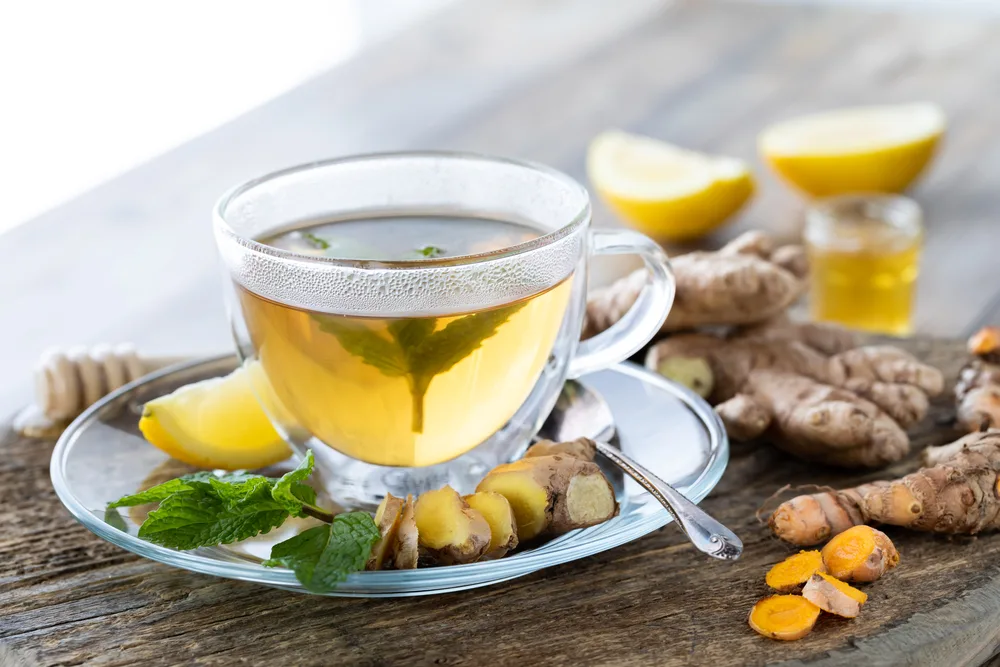
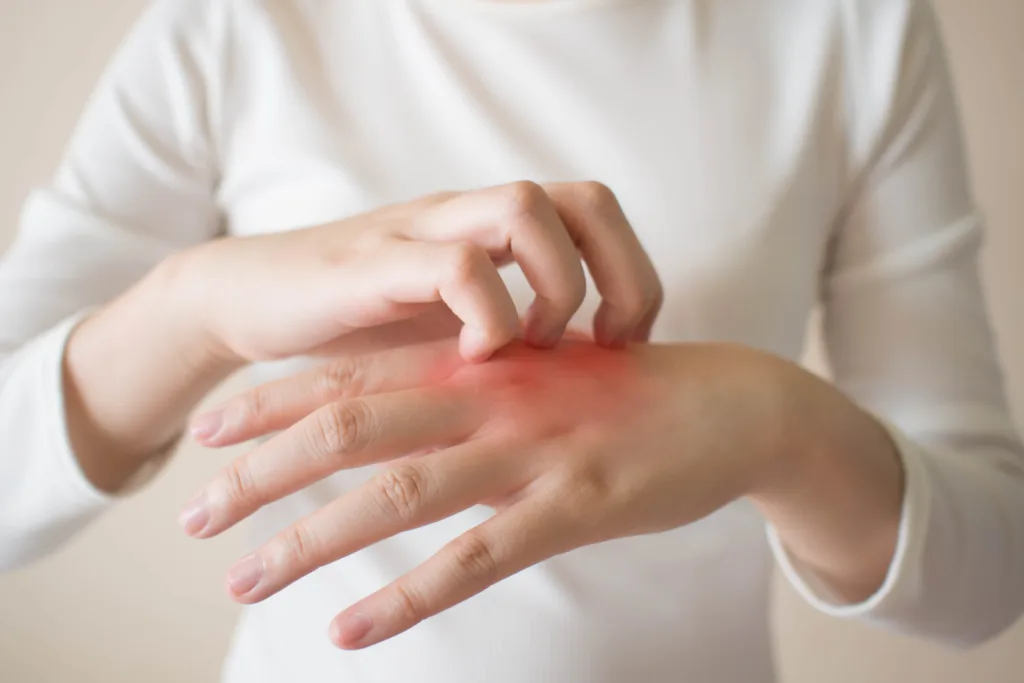


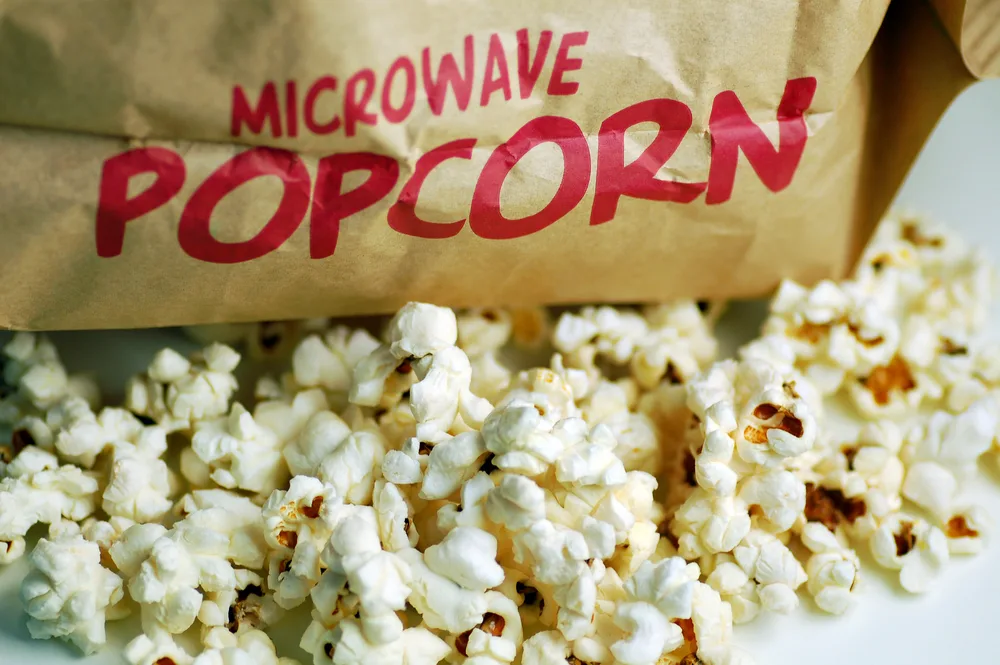
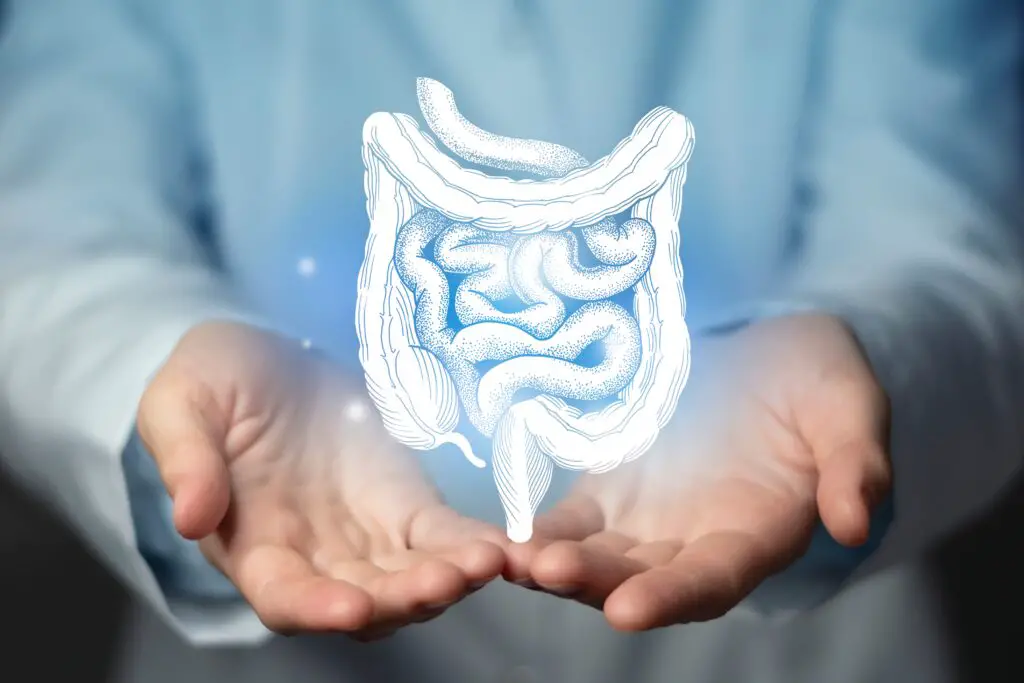
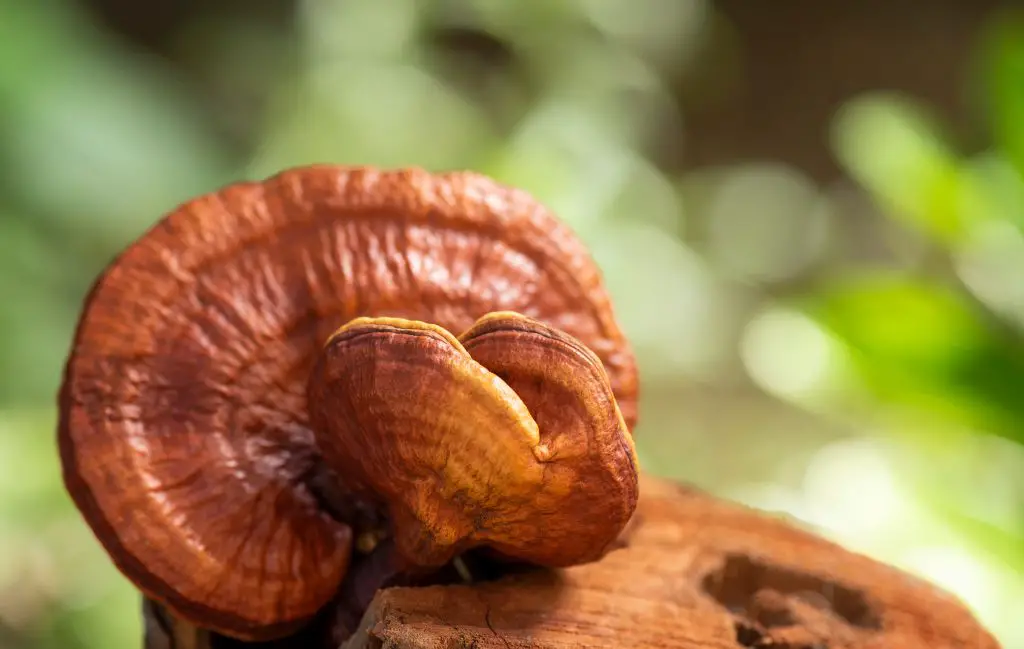
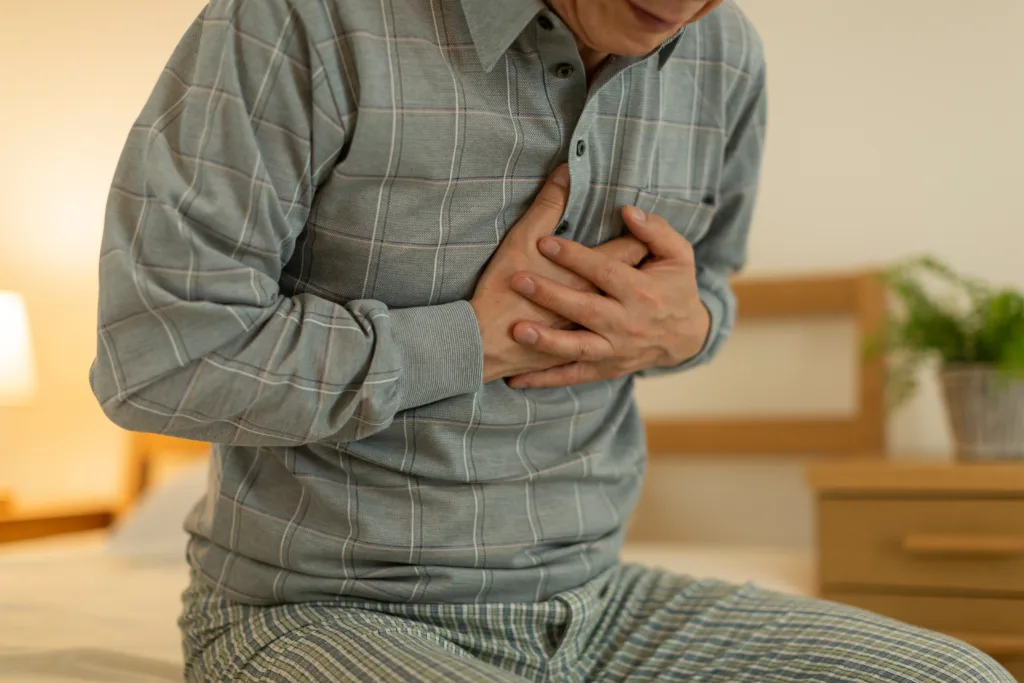
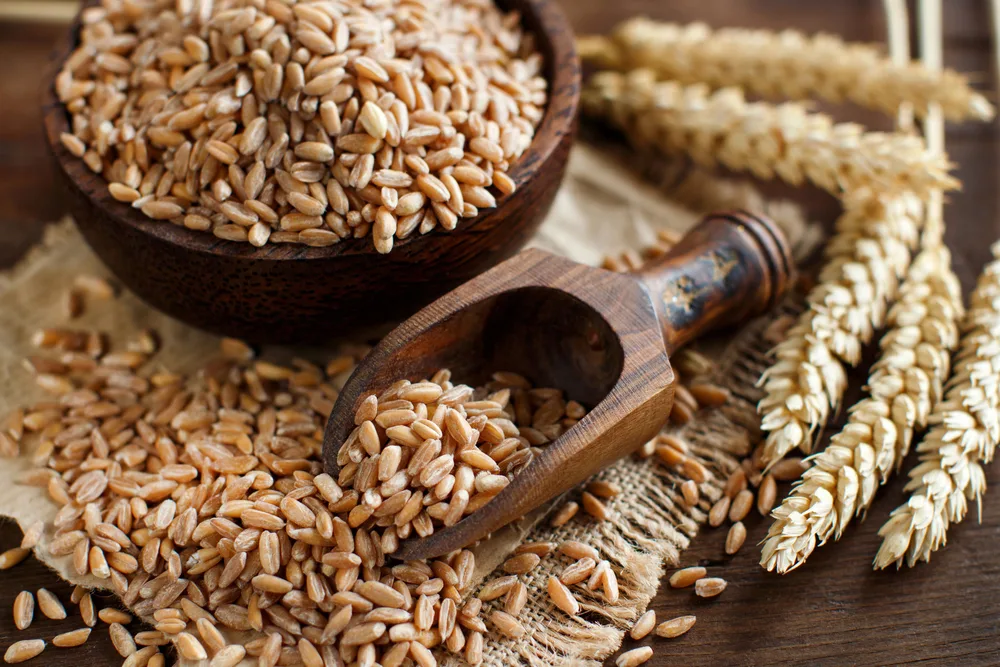

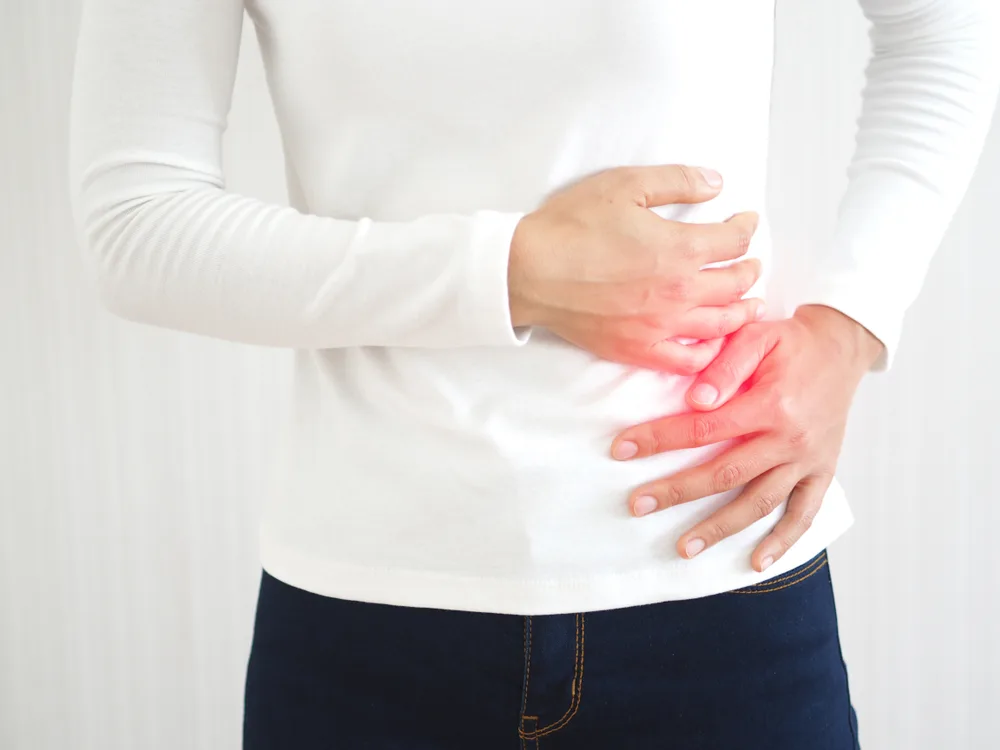
Comments
0